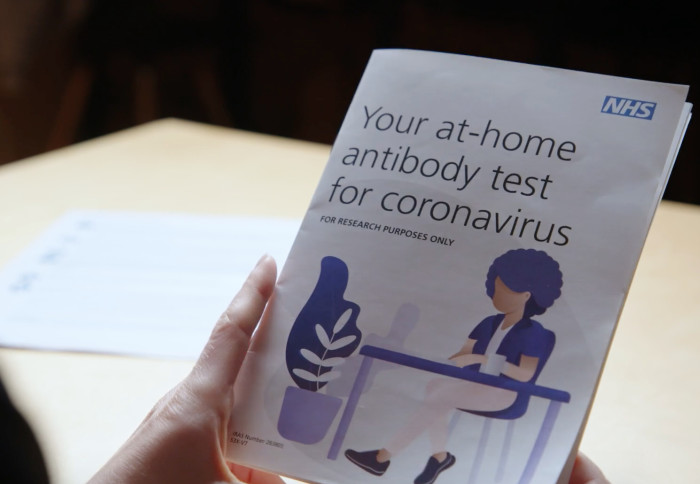I saw a report on the age distribution a week or 2 ago (copied under graph below). It is now much more prevalent in the under 40's. I queried with the author if that was because at the start of the crisis you were only tested if hospitalised, or over 70(?), so testing was skewed to the older generation. The author claimed not - but I don't see how the age statistics from now are comparable to 4 to 6 months ago.
View attachment 12884
In recent days and weeks, concern has risen that Europe could be at the beginning of a second wave of the pandemic. Here in the UK in fact, the number of confirmed cases rose by 2,988 yesterday, which was the largest daily increase since May 22. But even as case numbers have risen, hospitalisations and deaths have thankfully not. One of the key reasons for this is that it’s now younger people who are more likely to get the virus. Most of this evidence has been anecdotal across the world but the attached chart from Public Health England provides some telling statistics.
Back at the peak of the pandemic in late March, 61% of the confirmed cases were among those over 60. But they now make up just 11% of cases. For over 80 year olds it's dropped from 28% to 3%.
For those under 40 it’s the reverse picture with cases increasing from 14% to 67% of the total.
Cases amongst the 20-39 years old group has increased from 12% of the total to 48% over the same period. Indeed this cohort seem to be where most of the concern is globally in terms of spreading the virus. They are young enough not to be too scared by the risks and also young enough to be restless from the restrictions.


















